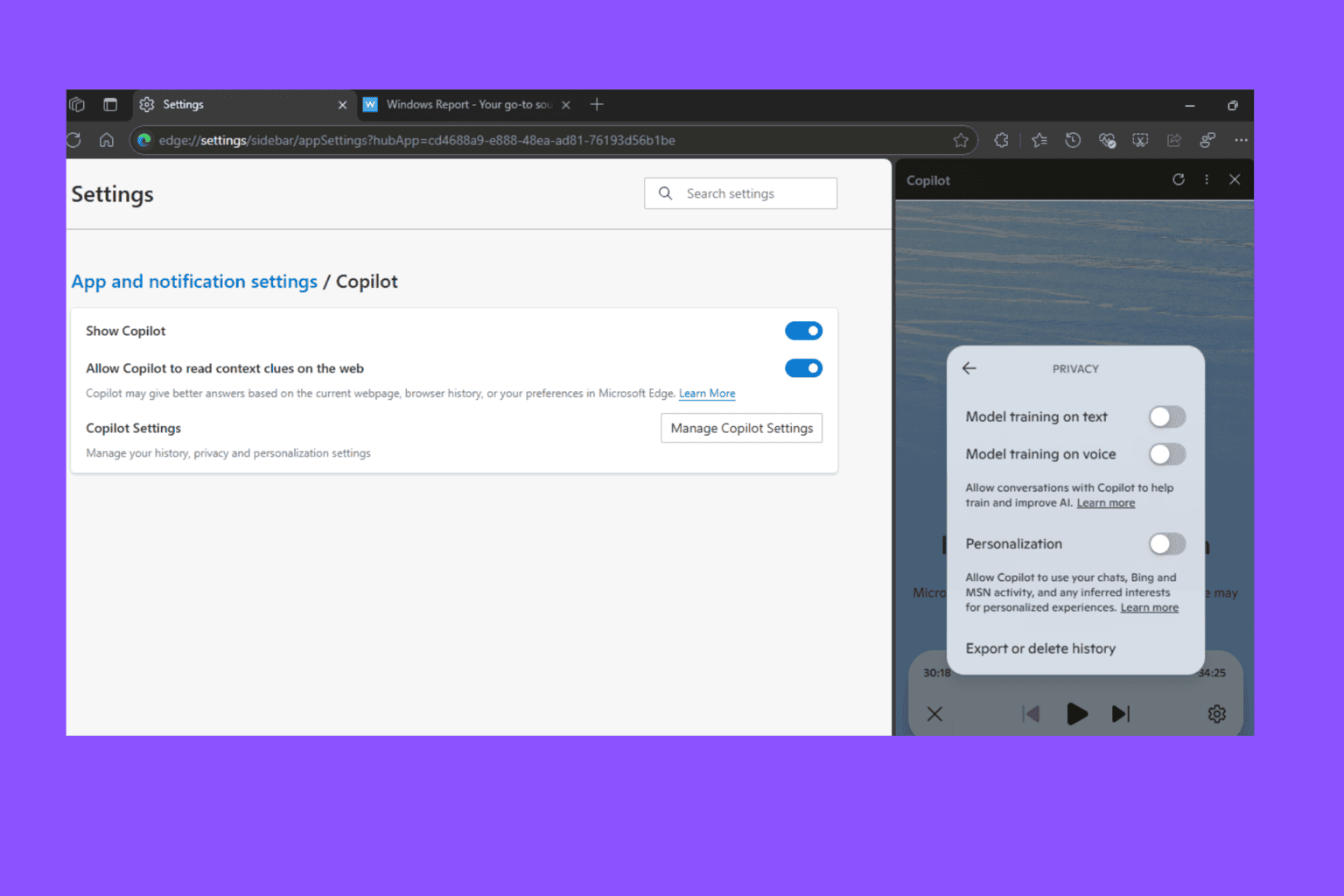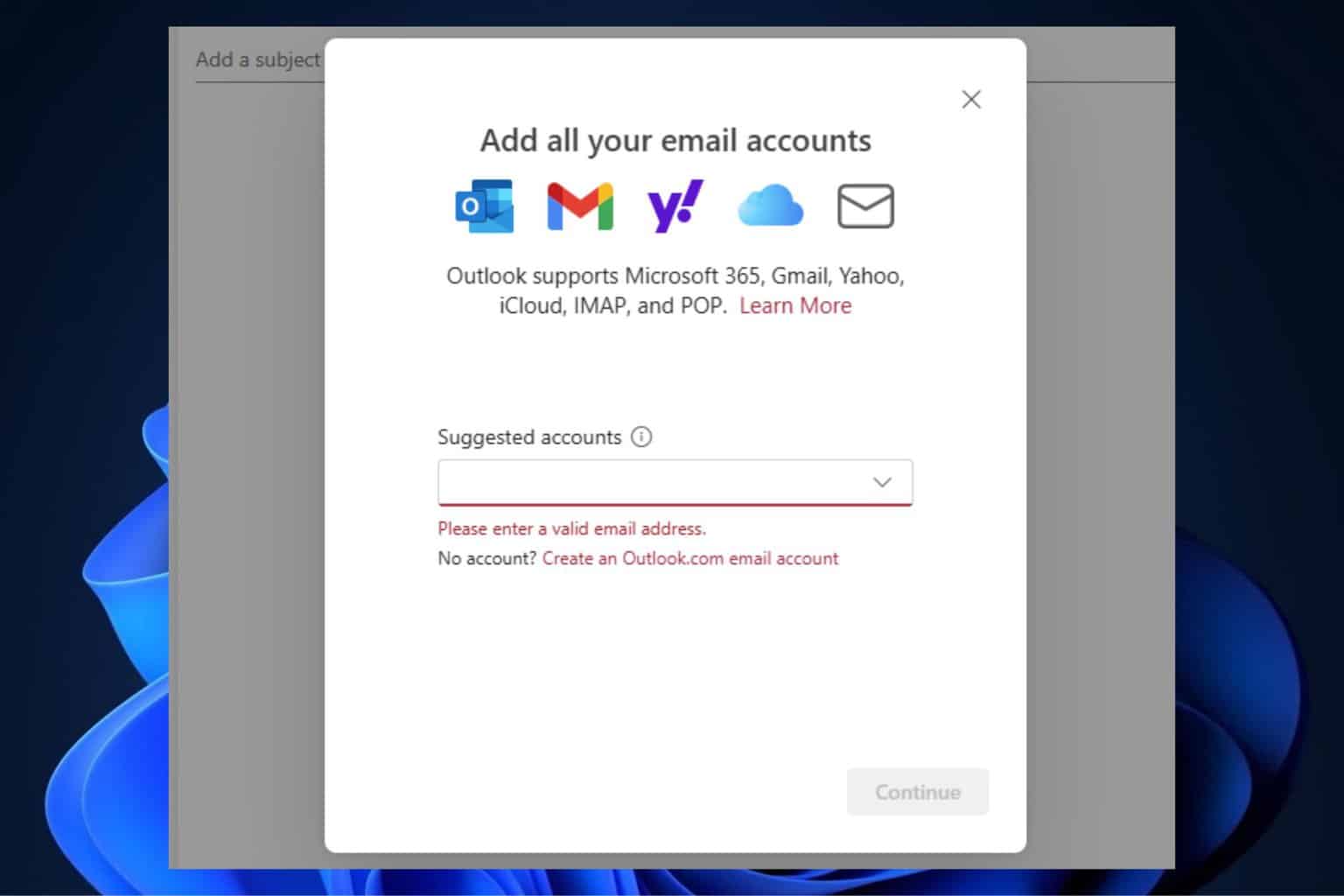Hackers could target AMD CPUs by using ZenHammer attacks
Hackers could steal your data and gain control of your device
2 min. read
Published on
Read our disclosure page to find out how can you help Windows Report sustain the editorial team. Read more

Soon, hackers might use ZenHammer, a Dynamic Random Access Memory (DRAM) attack, to target AMD processors. This method worked only on Intel and Arm processors. However, according to its creators, the hack only works in theory. Yet, they said that it could work in the real world.
In the past, AMD’s handling technique on the DRAM tech protected them from Rowhammer attacks. Yet, the ZenHammer is an updated version. Thus, it is more effective than the previous method since it can target AMD’s DRAM.
How does the ZenHammer attack work?
The ZenHammer attack is similar to its predecessor, Rowhammer. After all, it’s an exploit that manipulates DRAM data. It works by repeatedly accessing specific rows of memory cells, and it does this until it changes the value of bits from 1 to 0 or from 0 to 1.
According to Bleeping Computer, this method is also known as bit flipping. Through it, hackers can corrupt data from the DRAM. Afterward, cybercriminals can steal cryptographic keys. If you didn’t know, they are similar to digital locks. Thus, threat actors can use them to access your private information, such as passwords, private information, and documents.
In addition, through the ZenHammer attack, wrongdoers can change escalate privileges on your device. This way, they could allow themselves to install malicious files with malware into your device, steal more data, and damage your system. Ultimately, they could gain control over your device.
Zen 2 is the most susceptible AMD Processor to ZenHammer attacks. Afterward, Zen 3 follows it with a 60% rate of being hacked. Yet, Zen 4 is the most resilient, with a 10% hacking rate. The huge difference is due to Zen 4 using DDR5 memory instead of DDR4.
The DDR5 memory can defend better than DDR4 against ZenHammer attacks. After all, it has better characteristics and features. DDR5 has a higher refresh rate of 32ms and a built-in error correction code.
Hopefully, the ZenHammer attack remains theoretical. After all, we don’t want someone to access our data, especially since it might give them control over our devices. Also, to defend against the ZenHammer attack, consider upgrading your processor from DDR4 to DDR5.
What are your thoughts? Will you upgrade your processor as a preventive measure? Let us know in the comments.








User forum
0 messages